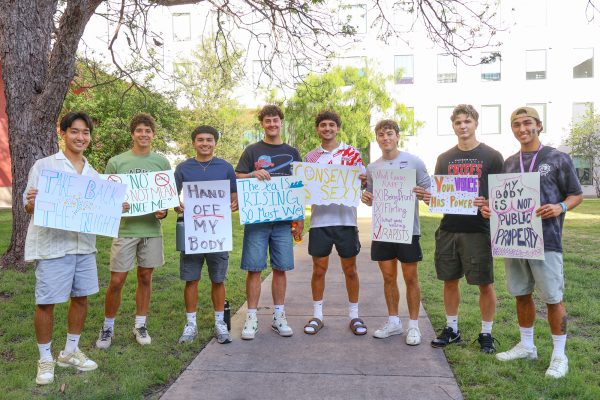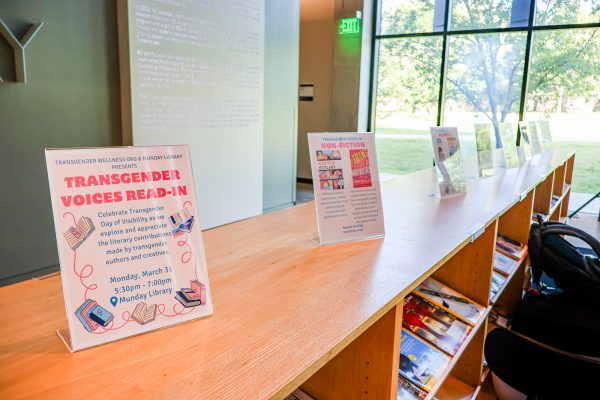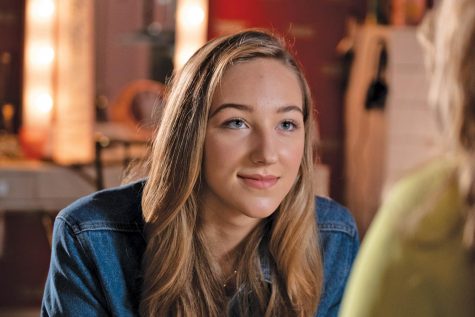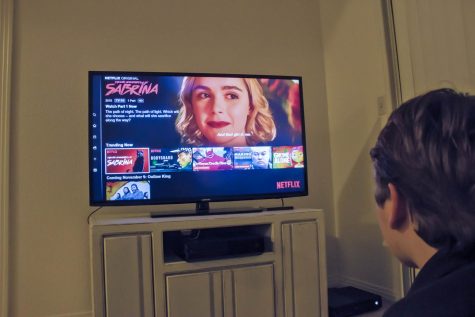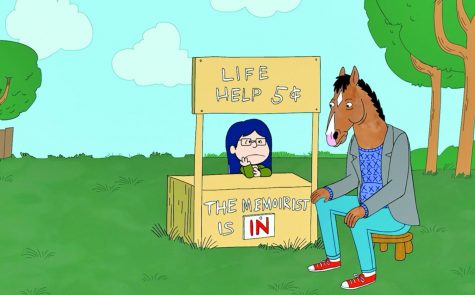Experimental, comedic Netflix series portrays the hardships of growing up
Every so often, a show not only changes its viewers, but grows with them. “Video Game High School” does this in a manner that is different than any other show.
It exists as an experimental piece, one that originated on Youtube. However, it didn’t meet the regular standards of a Youtube video. From its release in 2012 to its finale in 2014, it broke all expectations of a web series.
The series follows the story of Brian Doheny and his best friends Kiwi Swan and Teddy Wong as they navigate the fictional Video Game High School.
The show’s setting finds itself in a not-too-distant future where video gaming now functions as a world-class competitive sport. The show not only focuses on the status quo of this absurd world, but on the reality of growing up within it.
The show is, first and foremost, a comedy. From the beginning sequences of Brain running home and getting beaten up over a flashdrive, the show establishes that jokes and misfortune will be the calling cards for comedy.
However, an obvious shift in tone begins to occur in the second season with more focus on a strain in the relationship of Brain and Teddy.
The later part of the season, along with the final season, continues this trend and creates an atmosphere of tragedy. While the ending of the show brings some victory, these characters change over the course of the series and never fully revert to their innocent starting point.
The series uses both real-life scenes intercut with recreations of the video games played in order to demonstrate the full story. These scenes relate with one another, allowing the directors and cinematographers to experiment different styles of storytelling. The action sequences allow the pacing of the show to increase in certain places and highlight tension, while also revealing how the characters play video games and transpose them to an observable visual medium.
The show manages to use a limited set, a smaller budget than other television shows and unknown actors in order to create this series. In the beginning of the first season, the feel of the show is rugged but full of potential.
Through later seasons, the crew’s experiences improved and they were able to pull off more complex scenes. One of the most ambitious sequences, the final round of the video games, features a combination of other games’ special effects, a large set and a cast of 64 characters.
The hardships of growing up fall into the main themes of the series. Even though action sequences and video games get put in the front of the show, the focus remains tightly on the development of its main characters. From start to finish, the audience understands what type of character Brain is and can sympathize with him.
As someone who watched all of the series at once, I recommend that viewers keep tissues or at least a friend around, because the last season moves into some dark territory, and it will hit “in the feels,” so to say.
Even in a short span of 10 and a half hours, the creators of “Video Game High School” do their best to tell a well-rounded and complex story, while still retaining some of the nerdy enthusiasm for video games.
If I were asked to recommend a short series on Netflix, I would have to go with “Video Game High School.” The combination of complex emotion, fun action sequences and relatable characters raise it to a high quality not always seen in television shows.




